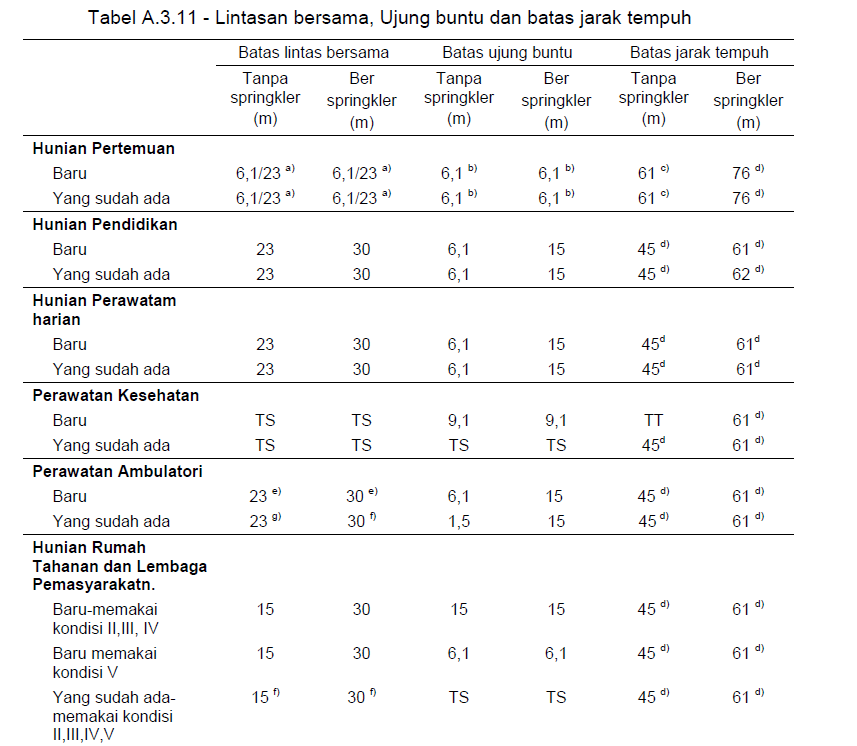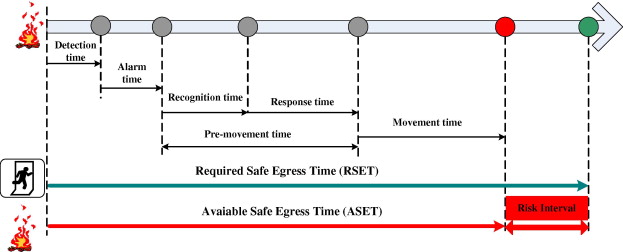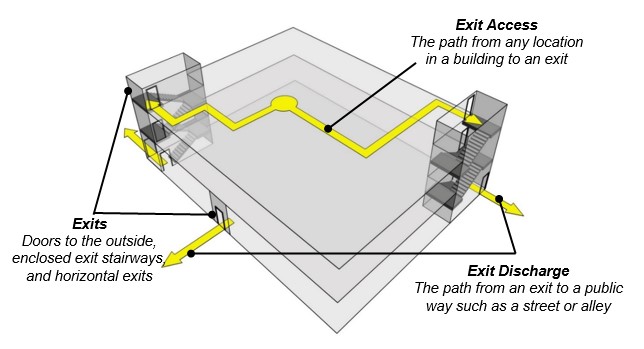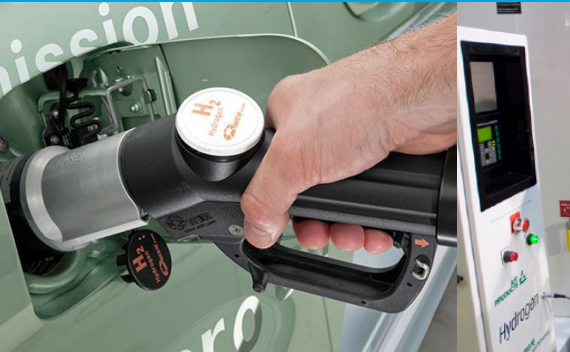Have you ever evacuated? or Evacuation drills? some of us have experienced 1 or 2 of the things I mentioned. The evacuation that I discussed this time is related to a fire, especially high-rise buildings. Evacuation is carried out if the fire that occurs can be said to have been unable to be handled by the initial team, so that in the coming seconds it will endanger the occupants.
Evacuation calculations are still widely understood incorrectly. Many people calculate the evacuation time from the scene of the incident to the assembly point, whereas evacuation of high-rise buildings is calculated from the location of the incident to a safe point, in this case the vestibule or emergency staircase.
In accordance with Permen PU 26/2008 Chapter III p.26 Table A.3.11 the distance limit ranges from 45-61 meters for building locations without sprinklers and 61-99 for buildings equipped with sprinklers. So how long does it take to run.

Based on the Human Behavior book from SFPE, with a minimum number of people density, an average evacuation trip of 1.19 m/s will be obtained. If we enter this average into the PU Ministerial Regulation 26/2008 table, non-prinkled buildings will obtain a time of 37.8 – 51.2 ( seconds), for buildings that use sprinklers 51.2 – 83.2 (seconds)

Then what about DKI Jakarta Governor Regulation Pergub 72/2021 which is known for being strict and strict, so buildings without sprinklers have a range of 15-25 meters, in other words the distance is 12.6-21 (seconds) while buildings with sprinklers have a range of 20-40, in other words mileage 16.8-33.6 (seconds)
Conclusion

As a professional in the field of Fire Safety, it would be nice to use DKI Jakarta’s calculations as a reference, because in calculating RSET (Required Safe Egress Time) travel time is the final sum of all RSET times.




